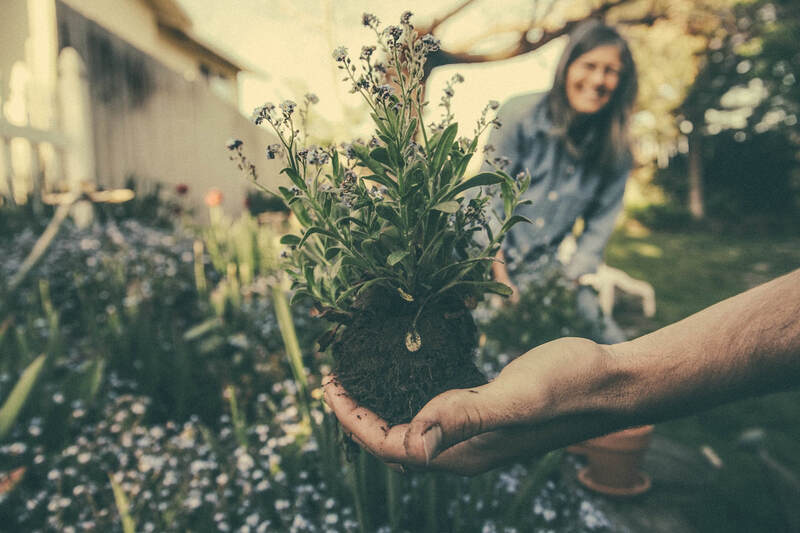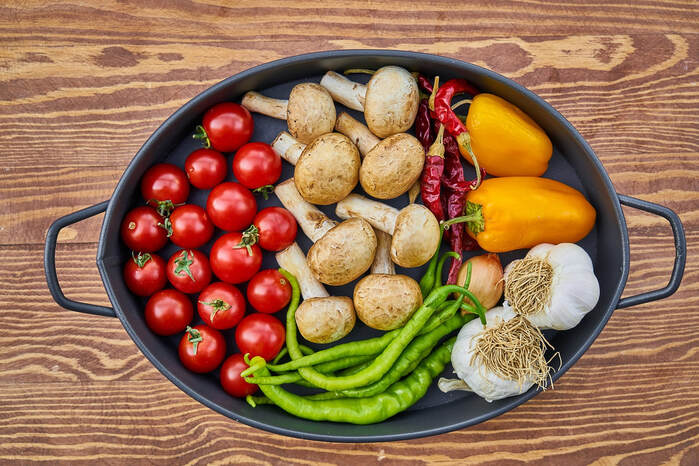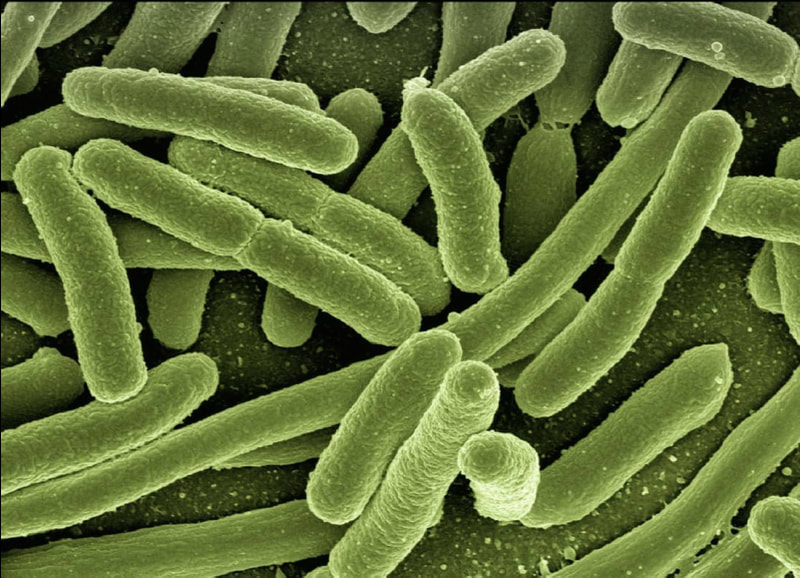The Effects of Gardening and Its Positive Health Outcomes
The extensive issue of socioeconomic barriers preventing many people access to healthy foods may have an unexpected solution: gardening. When it comes to gardening, there is an abundance of plants that can be grown and cultivated, many of which are fruits and vegetables. There is no limit to the scale of gardening that an individual can take on, and according to recent research done by the Ministry of Public Health in Thailand and the University of Glasgow, habitual gardening may positively impact one’s health. In this study, it was found that there was a positive correlation between habitual gardening and the decrease of that individual’s body mass index. A person’s body mass index (BMI) is the proportion between their weight and height. This value is often used as an indicator of the amount of body fat a person has. With obesity being a pressing issue in the United States, additional strategies to mitigate unhealthy lifestyle choices and over nutrition are always a plus.
According to a report done by the Centers for Disease Control and Prevention (CDC), obesity affected the livelihood of about 93.3 million US adults in 2015 and 2016. This was 38% of the adult population at the time. In fact, every state in the US reported that over 20% of the adult population was obese in 2017. Despite the increased integration of “trendy health foods” into the mainstream food market, a significant part of the American population is unable to live a healthier lifestyle due to food insecurity, the lack of access to nutritional foods due to socioeconomic limitations. Areas that exhibit high levels of food insecurity are labeled as food deserts and usually comprise of lower-income families and/or minorities. Healthy foods are often too expensive for these communities to afford while also unavailable in their local grocery markets. To resolve this issue, household gardening and community gardening have been posed as potential solutions.
According to a report done by the Centers for Disease Control and Prevention (CDC), obesity affected the livelihood of about 93.3 million US adults in 2015 and 2016. This was 38% of the adult population at the time. In fact, every state in the US reported that over 20% of the adult population was obese in 2017. Despite the increased integration of “trendy health foods” into the mainstream food market, a significant part of the American population is unable to live a healthier lifestyle due to food insecurity, the lack of access to nutritional foods due to socioeconomic limitations. Areas that exhibit high levels of food insecurity are labeled as food deserts and usually comprise of lower-income families and/or minorities. Healthy foods are often too expensive for these communities to afford while also unavailable in their local grocery markets. To resolve this issue, household gardening and community gardening have been posed as potential solutions.
Image Source: Engin_Akyurt
One possible reason behind the positive correlation between habitual gardening and a reduction of BMI is because those individuals who worked at growing their own fruits and vegetables were also more likely to consume these foods. For underrepresented areas located in food deserts, community gardening has been viewed as a promising solution. A community garden is a plot of land open to the community to use for planting any fruits and vegetables of their choice. Again, with these resources allotted for the community to utilize, they are more likely to consume a greater amount of healthier foods. All that is needed for implementing these community gardens is the attention of local government officials. Fortunately, community gardens have been appearing in greater numbers in low-income neighborhoods, indicating that policymakers are willing to support this cause.
Whether you are a stressed plant fanatic, a struggling parent, or a curious college student, growing just even one edible plant is not only therapeutic but also beneficial for your health. If the food industry cannot provide the nourishment that you crave, might as well take on your own project and buy some seeds that can supply you fresh, whole foods for a lifetime.
Whether you are a stressed plant fanatic, a struggling parent, or a curious college student, growing just even one edible plant is not only therapeutic but also beneficial for your health. If the food industry cannot provide the nourishment that you crave, might as well take on your own project and buy some seeds that can supply you fresh, whole foods for a lifetime.
Featured Image Source: Free-Photos
RELATED ARTICLES
|
Vertical Divider
|
Vertical Divider
|
Vertical Divider
|






